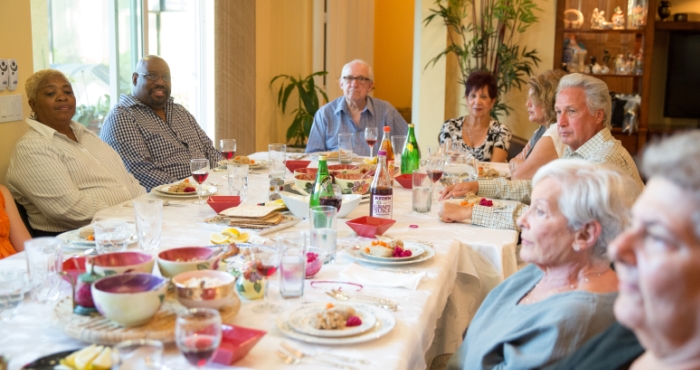
Passover is the most widely celebrated Jewish holiday in North America. What makes Passover appealing to so many of us? Is it the fact that Passover is a home-based holiday, which offers an opportunity for family and friends to gather around the seder table, recalling past memories and creating new ones? Or is it that the core themes of slavery and liberation still resonate so deeply within us that we want to retell the story of Passover again and again each year? From our elaborate holiday preparations through the seder rituals and beyond, the timeless Jewish traditions of Passover have been transformed and enhanced by feminist contributions to Jewish ritual. Seder tables around the world feature new interpretations and practices that give life to the ancient, resonant themes of this powerful holiday. A rich palate of creative readings enlivens the ancient text of the haggadah. The orange on the seder plate, once solely a symbol of gay and lesbian liberation, is now often used to highlight the role of women in Jewish life as well. Miriam’s cup joins Elijah’s on our seder tables, reminding us of the importance of women’s leadership and initiative, of the power of song and dance, and of the living waters that—in Miriam’s honor—sustained us in our desert wanderings.
“If we realized the diversity of Black people and their experiences, but didn’t practice radical empathy with them — lo dayenu.”
A contribution to Pittsburgh’s Healer’s Haggadah
“We will sing/Mir Zaynen Do/We are here/We are still here”
A new chant to sing while searching for hametz
“Pharaoh’s power over us is replaced with God giving us the power to make good choices at every step of our lives.”
“This Passover, there will be a place for lesbians in Judaism”
“Here, in hearth of heart, / All is made whole.”
Subscribe for the latest rituals, online learning opportunities, and unique Judaica finds from our store.